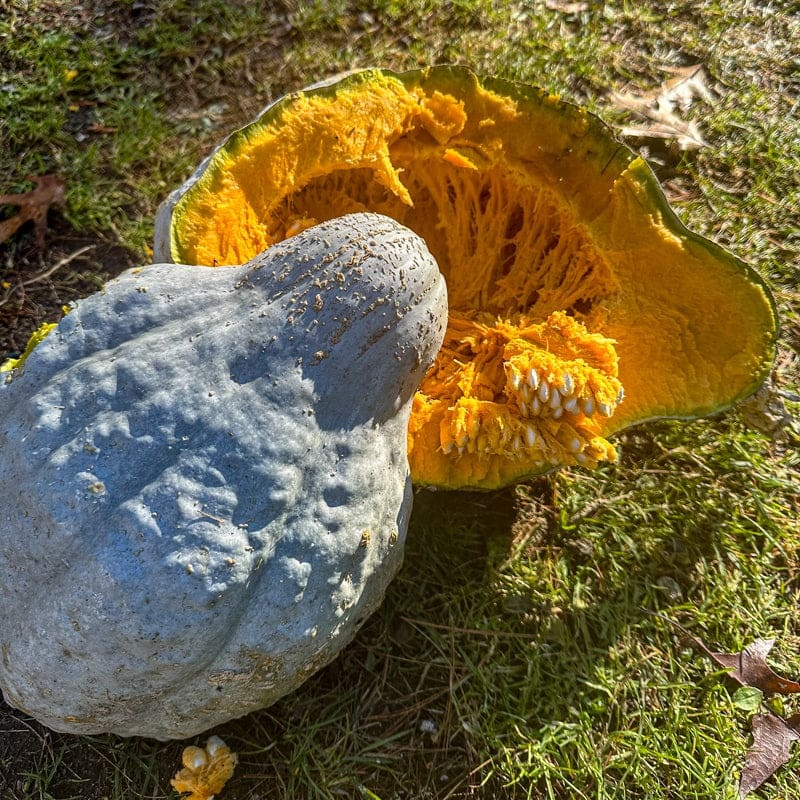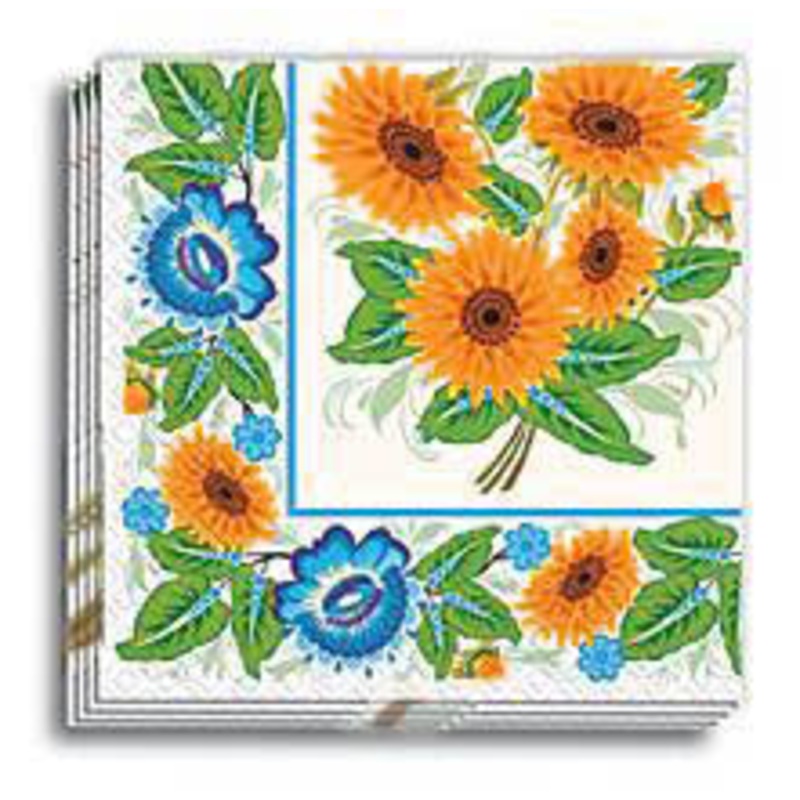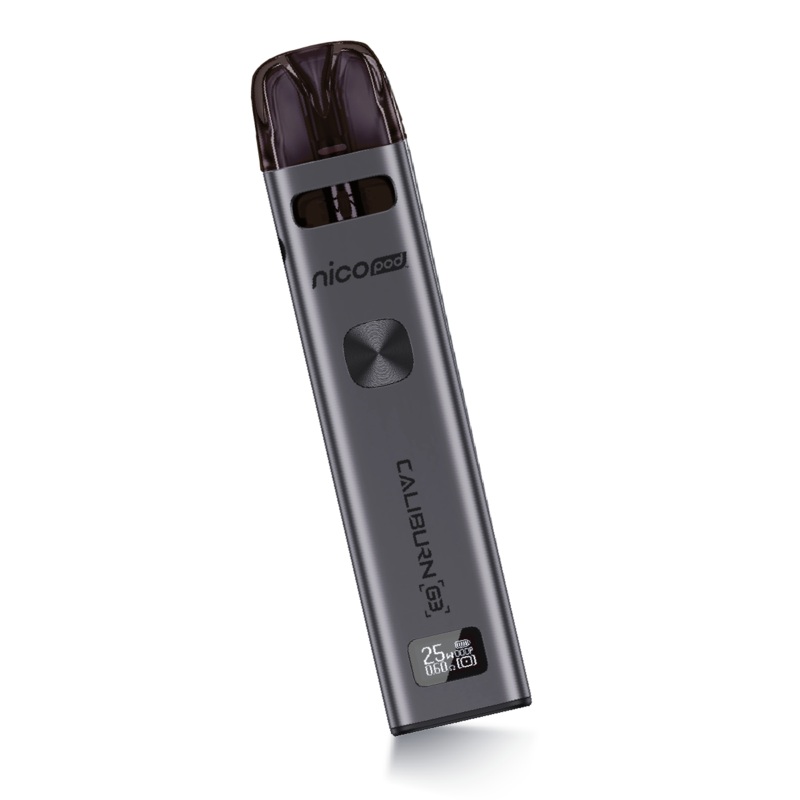The Blue Hubbard Squash is a New England favorite (a less refined version was introduced by James Gregory of Marblehead, Massachusetts in 1856, but it had been grown in the area since the 1700s) that is not for those with limited space. Long vines produce good yields of powdery blue, oval squash with a hard shell and firm, dry, yellow flesh, some in excess of 20 pounds. Storage qualities are exceptional and of course one will provide a number of meals.
15 seeds
PLANTING
Cucurbitamamixa
Germination:7-10 days
Germination Temperature:Optimum soil temperatures 70-85F
Seed Sowing Depth:1/2-1″ deep
Sowing Indoors:3-4 weeks before the last frost.Provide70-85Fsoil temperature.Sow 2-3 seeds per cell/pot.Sowing into individual biodegradable peat/cow pots reduces rootdamage when transplanting. Transplantafter last frost, 36-48″ apart.
Sowing Outdoors:Sow after the last frostwhen the soil temperature is over70F.Sow a few seeds every 36-48″.
How much does a packet plant:12-15foot single row, 3-5 hills
Harvest:Before heavy frost. Determine ripeness whenthe skin has turned colorand becomes dull dry. Youwill beunable to create a dent when pressingyour thumbnail into it. Leave two inches of the stem on the squash and manage carefully so there is no damage that can shorten storage life. Cure for 7-10 days in the sun to harden the rind and increase storage quality. Wipe any debris off the skin before storing it in a cool dark placewith 50-55F temperaturesand50-65%humidity.
Tips:Plant Blue Hubbard Squash in fertile soil, amended with compost or well-rotted manure, and keep well watered. They benefit from growing on black plastic and by using row covers for weed, insect control, and more rapid growth.






Reviews
There are no reviews yet.